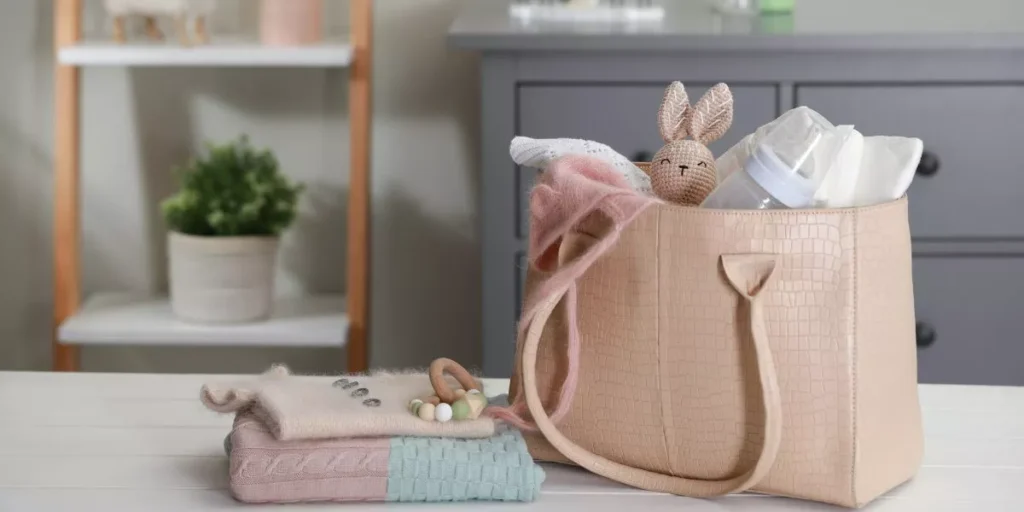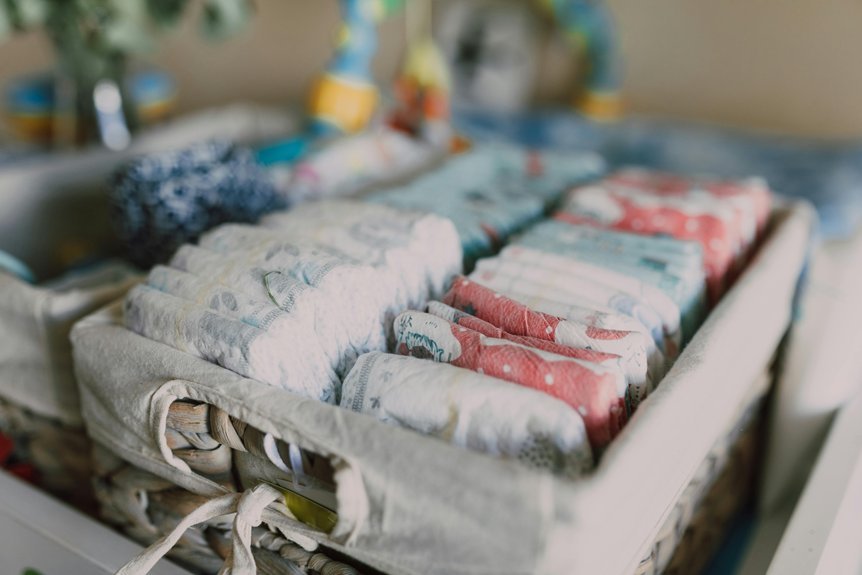How Do You Baby-Proof Your Home Effectively?

When it comes to baby-proofing your home, it’s crucial to think like your child. You need to assess potential hazards from their perspective and identify risks that might not be obvious to adults. Sharp edges, cords, and small objects can pose serious threats. So, what steps should you take first? Understanding the essential products and strategies can make all the difference in creating a safe environment for your little one.
Assessing Potential Hazards in Your Home
When it comes to baby-proofing your home, the first step is to assess potential hazards around your space.
Start by getting down to your baby’s eye level and exploring every room. Look for sharp edges on furniture, cords from blinds, and any small objects that could pose a choking risk.
Don’t forget to check your kitchen and bathroom for cleaning supplies and medications stored within reach.
Secure heavy furniture to the wall to prevent tipping and ensure windows are locked. Keep electrical outlets covered and remove any breakable items from low shelves.
Essential Baby-Proofing Products to Consider
After identifying potential hazards in your home, it’s time to stock up on baby-proofing products that will help keep your little one safe.
Begin with outlet covers to prevent curious fingers from exploring electrical sockets. Cabinet locks are essential for securing dangerous items like cleaning supplies and medications.
Consider corner guards to cushion sharp furniture edges. Safety gates are great for restricting access to stairs and off-limits areas. Non-slip mats can help prevent slips in the bathroom.
Additionally, invest in a monitor to keep an eye on your baby while you’re in another room. Finally, look into door stoppers to prevent little fingers from getting caught.
With these products, you’ll create a safer environment for your child.
Room-by-Room Baby-Proofing Checklist
Creating a safe space for your baby involves a thorough room-by-room baby-proofing checklist.
Start in the living room; secure heavy furniture to the walls and cover sharp edges.
In the kitchen, use safety latches on cabinets and keep hot appliances out of reach.
Move to the bathroom, where you should install toilet locks and keep medications stored high.
In the nursery, ensure that cribs are free from loose bedding and toys.
Don’t forget the stairs; install baby gates at the top and bottom.
In the bedroom, check that window blinds have safety cords.
Finally, inspect any outdoor areas for hazards.
Ongoing Safety Practices as Your Child Grows
As your child grows, it’s essential to adapt your safety practices to match their developing abilities and curiosity.
Keep a close eye on them as they start exploring new heights, like climbing furniture or reaching for items on shelves. Regularly reassess your home for new hazards, such as loose cords or small objects within reach.
Use safety gates to limit access to stairs and areas that might pose risks. Teach your child about safety, setting boundaries while encouraging independence. Ensure they understand the dangers of hot surfaces, sharp objects, and chemicals.
Stay vigilant about securing heavy furniture to walls to prevent tipping. Remember, safety isn’t a one-time effort; it’s an ongoing commitment as your child learns and grows.
Conclusion
In conclusion, baby-proofing your home is an ongoing journey that requires vigilance and adaptability. By regularly assessing potential hazards, using essential products, and following a room-by-room checklist, you can create a safer environment for your child. Remember to stay proactive as your little one grows and explores new challenges. With consistent monitoring and adjustments, you’ll help ensure their safety while allowing them the freedom to learn and discover. Stay committed, and peace of mind will follow!





